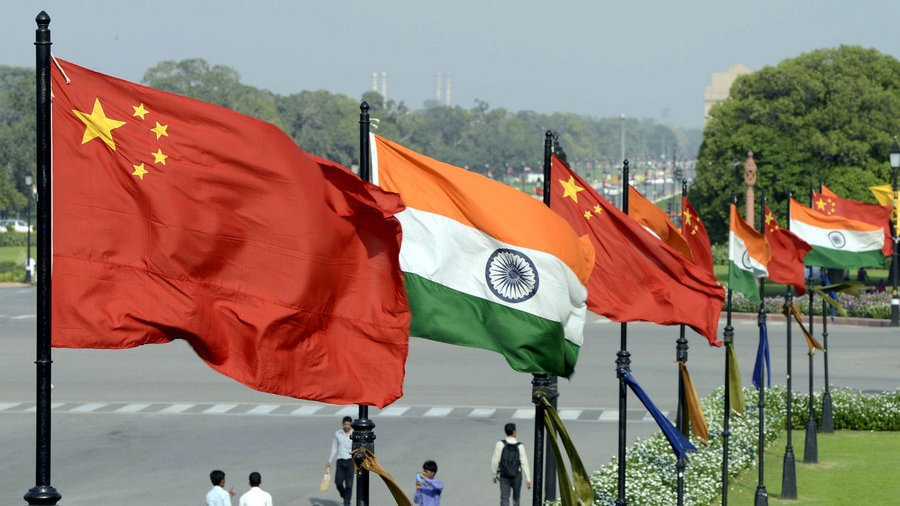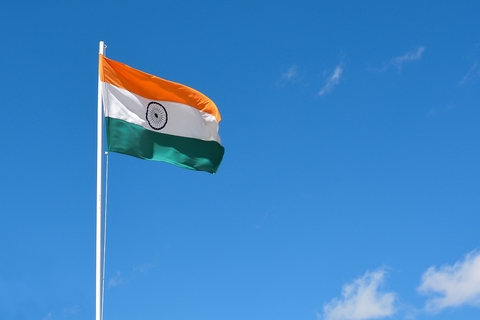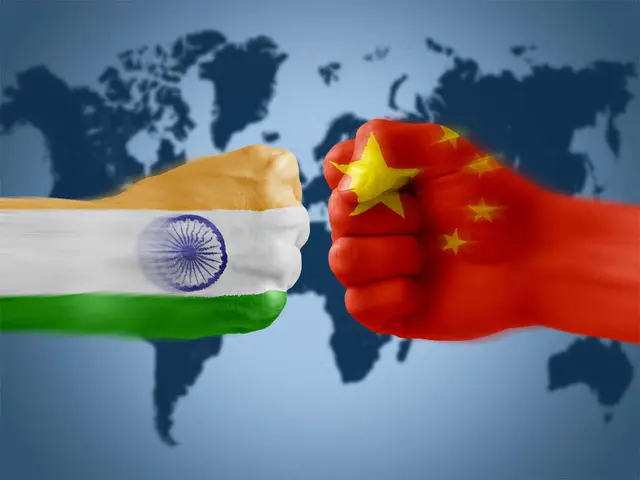Editor's notes:
The author is Prof. Engr. Zamir Ahmed Awan, Sinologist (ex-Diplomat), Editor, Analyst, Non-Resident Fellow of CCG (Center for China and Globalization), National University of Sciences and Technology (NUST), Islamabad, Pakistan.(E-mail: [email protected]).
The lives of one-fourth population of the whole world are at risk. Indian and China, with a population of 1.3 and 1.4 billion, are contributing a major share of the world population. It includes regional countries like Bangladesh, Pakistan, Nepal, Myanmar. Bhutan, Sikkim,etc., the total population in this region becomes one-fourth of the world population.
The growing tension between India and China is a serious threat to the whole region, as India is poised to attack all its neighbors, including Bangladesh, Pakistan, Sri Lanka, Maldives, Bhutan, Sikkim, China, and Nepal. Backed by the US, especiallythe personal friendship between President Trump and Prime Minister Modi, leads the region into a major disaster.
India and China relations have been worsening over the past few months, and are confronting each other along their historically long disputed border. In fact, there is no international border between India and China. Even India is a unique country with no internationallyrecognized borders with either of its neighbors. With China, it is known as the Line of Actual Control (LAC). With Pakistan, it is known as Line of Control (LOC), with Bangladesh, Nepal, Bhutan, and Sikkim, India has occupied their territories illegally. India hasdisputes with all its neighbors, either border disputes, or territorial disputes or trade disputes or political or ethnic disputes, etc.

India proclaiming "Greater India" kept its claim over Tibet, and part of Xinjian and Aksa chin is the root cause of tension. The primary source of the dispute lies in an ill-defined, 3,440km (2,100-mile)-long border that both countries dispute. Additionally, its jump into the US club is adding fuel to the fire. The US wanted to confront China through India and helping India to lift up to a stage where they can use India against China. Up-front, India is the beneficiary of US generosity but is not willing to pay back in the form of China enmity.
The immediate phenomenon of tension arose because the two nations are competing to build infrastructure along the Line of Actual Control (LAC). India's construction of a new road-infrastructure to a high-altitude advance airbase is seen as one of the primaryprompts for a clash with Chinese troops in June that left at least 20 Indian soldiers dead.

The June clash in the Galwan Valley - clashedinformally with sticks and clubs, not traditional guns - was the first fatal hostility between the two sides since 1975. Relationships have continued to deteriorate.
In early September this year, China accused India of firing shots at its troops. The accusations, if true, would be the first time in 45 years that shots were fired at the disputed-border. The 1996 agreement forbidden the use of guns and explosives near the border - to avoid a conflictspiraling out of control. However, India accused China of firing into the air.
The two countries had fought only one formal war in 1962 when India suffered a humiliating defeat. China returned Indian Territory occupied in combat as a goodwill gesture and part of a peace deal. In fact, China never wanted to occupy the Indian Territory but wanted to teach a lesson to India, so that India should not go for any misadventure in the future.

However, India, as usual, broke its promises and violate peace deals. India broke even the agreement reached between two sides in July this year to freeze any further deployment of the military into advanced positions. Contrarily, India deployed its troops on almost 20 peaks in the border region to use as a bargaining chip in negotiation or to keep supremacy in the case of any escalation. It is in the habit of violating its own promises and violating any peace-agreements. Indian "opportunist" approach is causing trust deficient and leading toward a more complicated situation.
If neither side observes elasticities, the stand-off could have destabilizing consequences for the whole region. If they come to blows again, there is a danger of escalation between the world's most populous nations and both established nuclear powers. The consequences can be imagined, "how scaring"!
(ASIA PACIFIC DAILY)
 简体中文
简体中文

